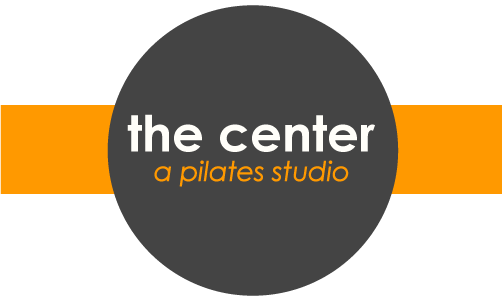Mat Pilates exercises can help you build a strong core, improve your posture and help you move better in your daily life. Here are several tips that apply to the budding enthusiast as well as the experienced practitioner.
1. Choose a well trained, certified instructor. Mat Pilates certifications run the gamut from $99 dollar, weekend certificates to intensive Mat training programs of 100+ hours. Effective teachers should know the specific anatomy and purpose of each mat exercise, how to modify the exercise to make it harder or more difficult, and how to teach the exercise to students with different learning styles.
2. Choose a setting that provides the best instructional experience. There is a vast difference between a Mat Pilates classes taught in a gym environment and Mat Pilates class taught in a studio. It can be difficult, if not impossible, to receive the proper level of instruction in a large group setting. Mat Pilates exercises require precise movements and small adjustments in form to create a deep connection within your body. Limiting class sizes to 8 students or less ensures that each individual receives proper cuing and corrections.
3. Choose the correct level for your experience. Being in shape doesn’t mean that you should enter an intermediate Mat Pilates class right off the bat. Take the time to learn the fundamentals – alignment, core-connection and breathing, before moving on to more difficult exercises. This applies to fitness newbies as well as “gym rats”. Spending a few weeks in an introductory or beginner Mat Pilates class will help you get more out of the harder exercises later on.
4. Inform your instructor of any orthopedic or metabolic issue you might have, both chronic and acute. This includes but is not limited to arthritis, osteoporosis, muscle and joint injuries, pregnancy, diabetes, cardiovascular disease and being a cancer survivor. The more information you can provide to your instructor, the better able he/she will be to accommodate your unique situation. Some Mat Pilates exercises are contra-indicated for various medical issues; it is unwise to perform certain movements as they may exacerbate a condition. Your instructor may need to provide safer alternatives. Sometimes this means taking Private Mat Pilates Lessons or putting off Mat Pilates until acute conditions are resolved.
5. Make your Practice about you, not about the other people in the Mat Pilates class. You don’t need to look like anyone else in the room. Everyone is different; everyone’s body is different, and everyone learns at a different pace. Just because someone has their upper body flexed, or has their legs in the air doesn’t mean that that version of an exercise is right for you. Listen to the instructions and practice at your own level. This will help you reap the most rewards from your Mat Pilates exercises.

